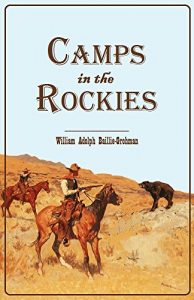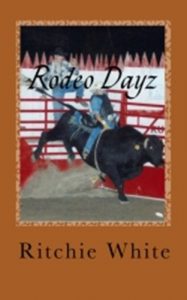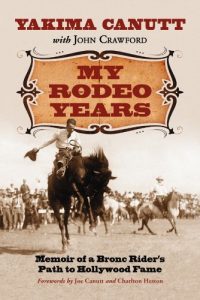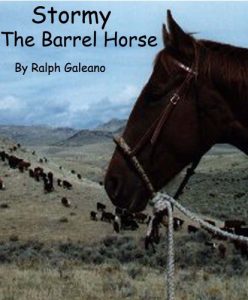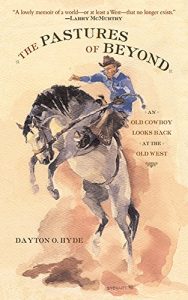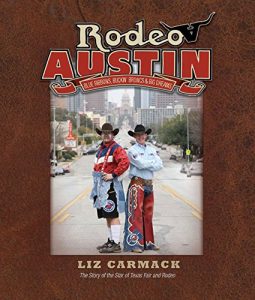I 99eBooks è una directory di eBook. Cerchiamo e classificato intorno alle eBooks Web per te!
Tutti i diritti riservati. I libri e libri elettronici sono di proprietà dei rispettivi proprietari.
Camps in the Rockies: Being a Narrative of Life on the Frontier, and Sport in the Rocky Mountains, with an Account of the Cattle Ranches of the West (1882) (English Edition)
The scene of Mr. Grohman’s recent adventures is a portion of the Rocky Mountains, some part of which had not been previously visited by white men. Until after the Bannock War of 1878, the country was, owing to the hostility of the Indians, too unsafe for small parties of travellers. At the time of the author’s journey, however, the districts we speak of were so clear that he was able to gratify his desire of seeing them, and having secured the companionship of a veteran coureur des bois, who had also played the part of Indian scout in some of the most sanguinary wars, he carried out his expeditions in genuine trapper fashion. His “ outfit,” consistod simply of the trapper, another man, and a boy, with some pack-horses laden with beaver-traps, ammunition, cooking utensils, a whiskey-cask, and a smallstock of provisions and other necessaries. Mr. Grohman delights in giving us every now and then a. sample of Western slang. Unable to provide boats for visiting the Canyons in the only way hitherto deemed practicable, the author hit upon the novel expedient of attempting their exploration in the depth of a very severe winter, believing, and as it proved correctly, that the river would be ice-bound even at so great a depth, and, notwithstanding the extreme rapidity of its current. He includes an interesting chapter on Rocky Mountain ranches in a chapter headed, " Camps in Cowboyland". Among the legions of books on the Far West you will find none so fresh, so full of the truth of its Alpine woods and peaks, and giving withal so fair and representative a view of frontier life, as Baillie-Grohman's Camps in the Rockies. Very few sportsmen can write so delightfully as he can, for he is not only a sportsman with a considerable literary gift, but he has a keen sense of humour and a very happy way of expressing and communicating that sense on paper. There is a freshness and a charm about his narration of scenes and circumstances that is very delightful.
This book originally published in 1882, has been reformatted for the Kindle and may contain an occasional defect from the original publication or from the reformatting.
This book originally published in 1882, has been reformatted for the Kindle and may contain an occasional defect from the original publication or from the reformatting.
